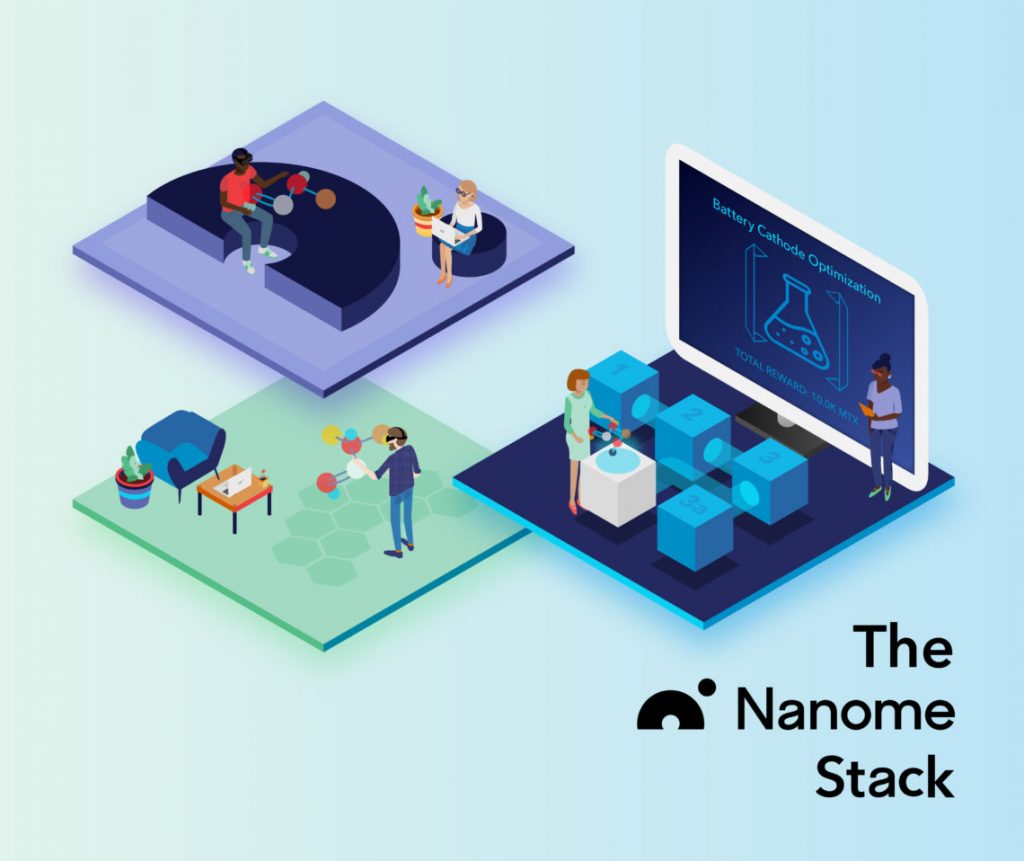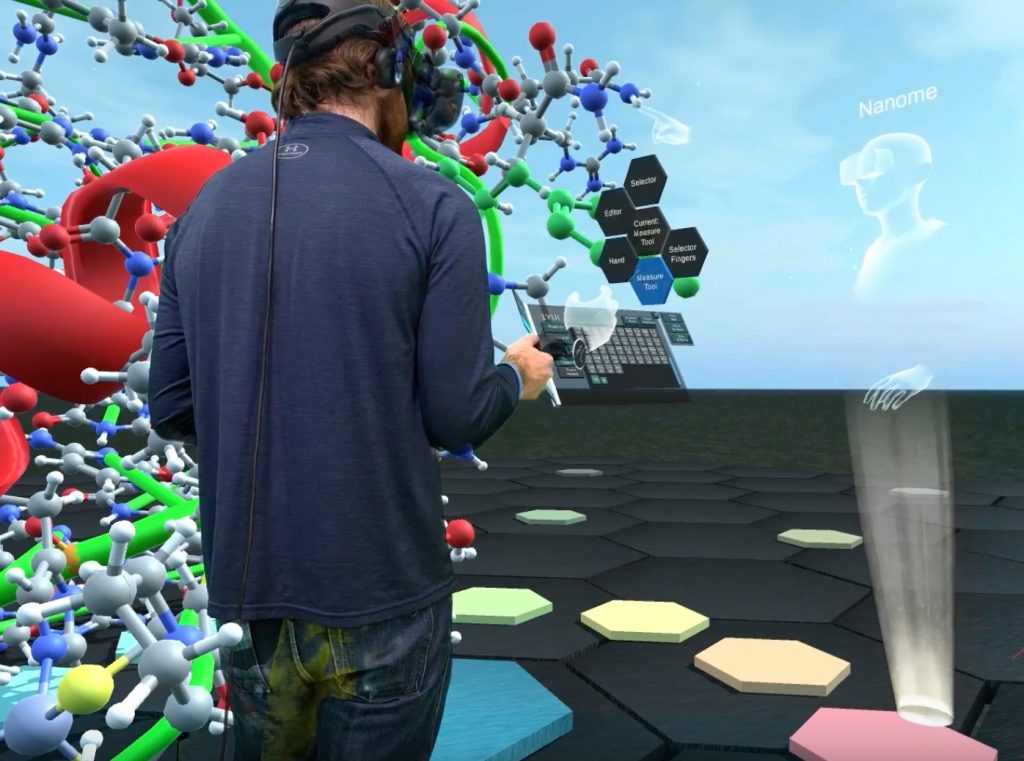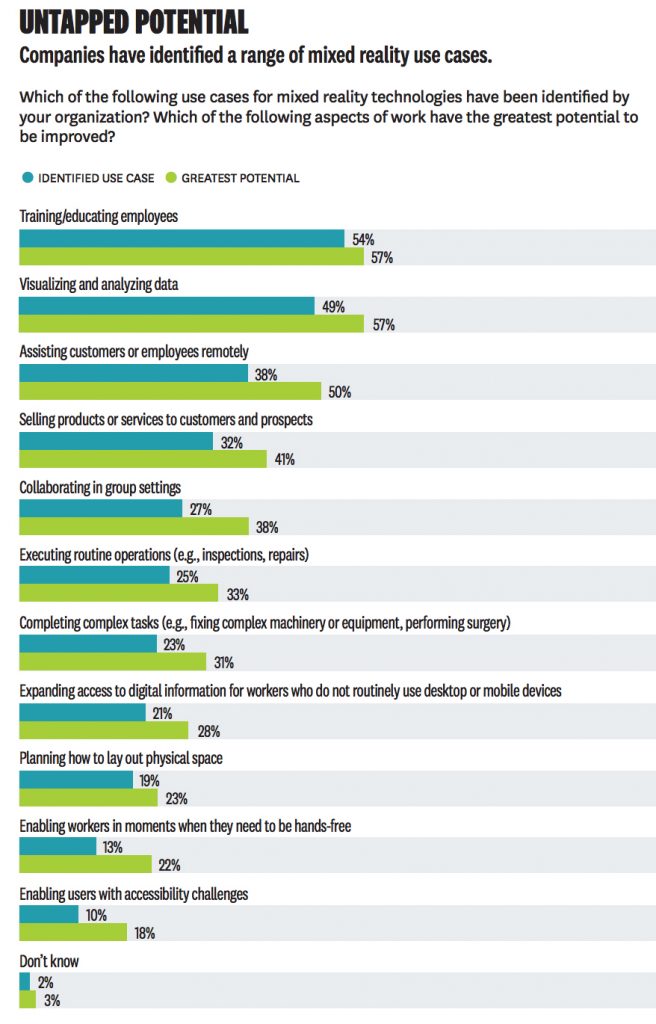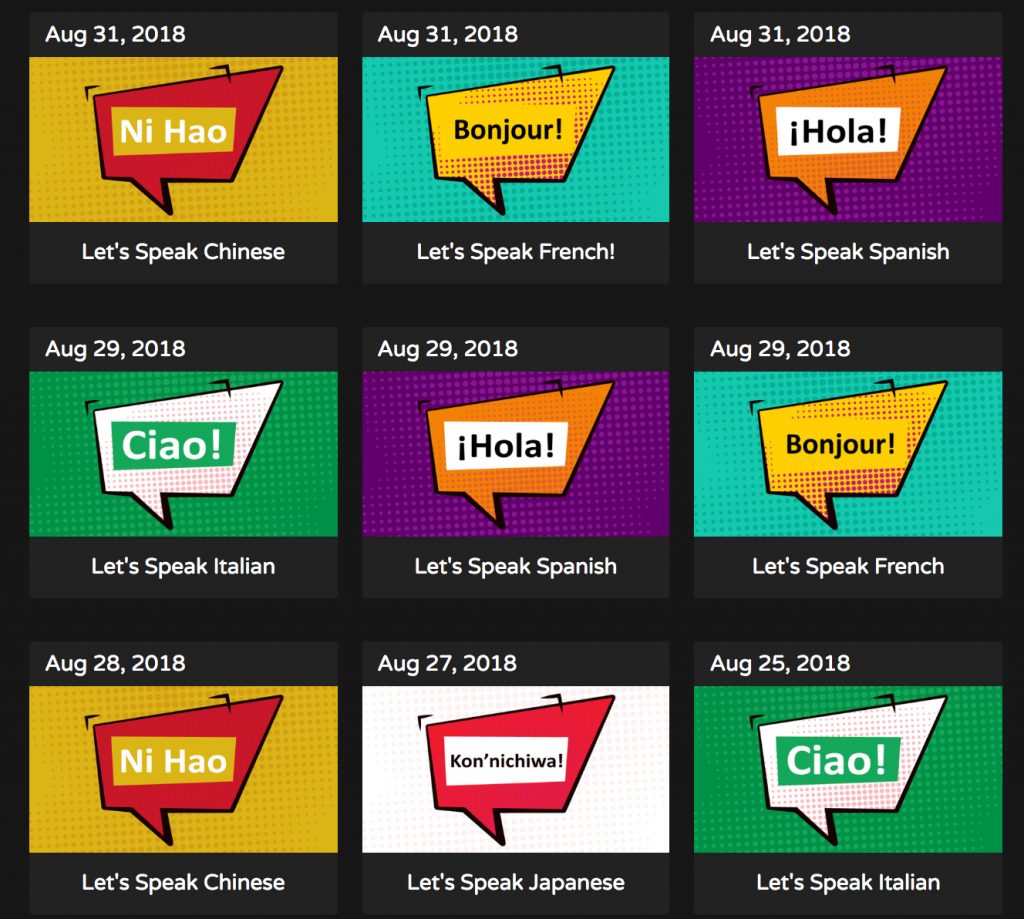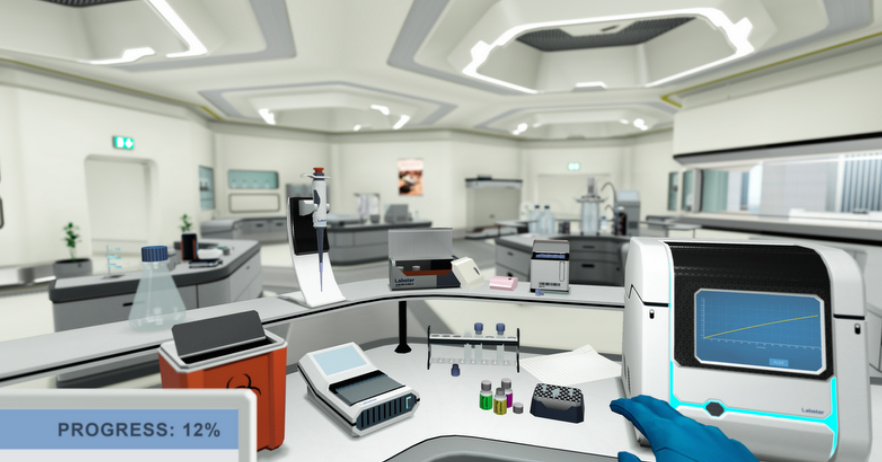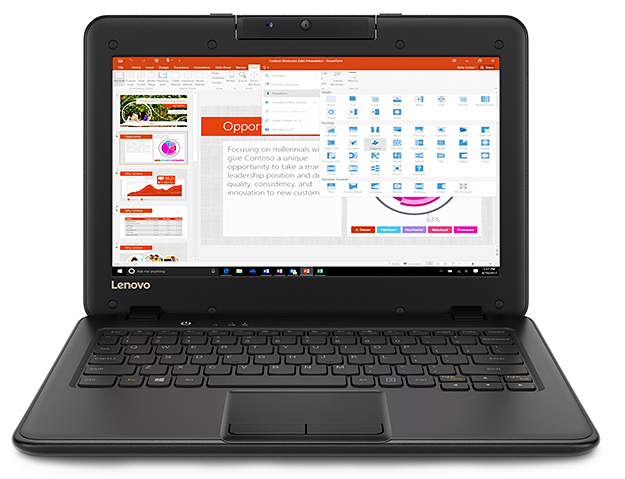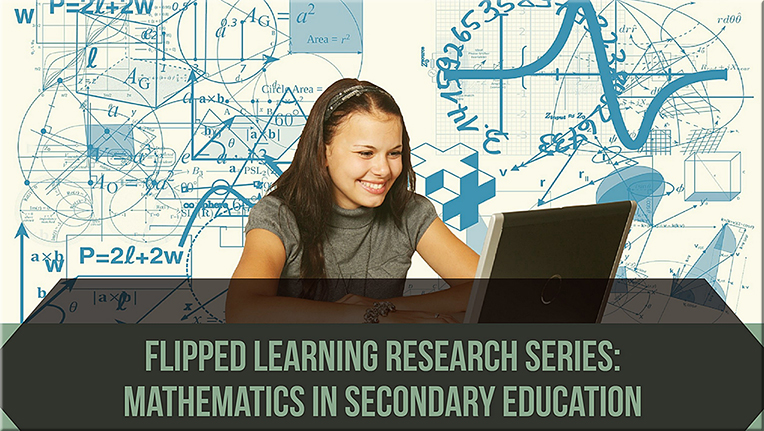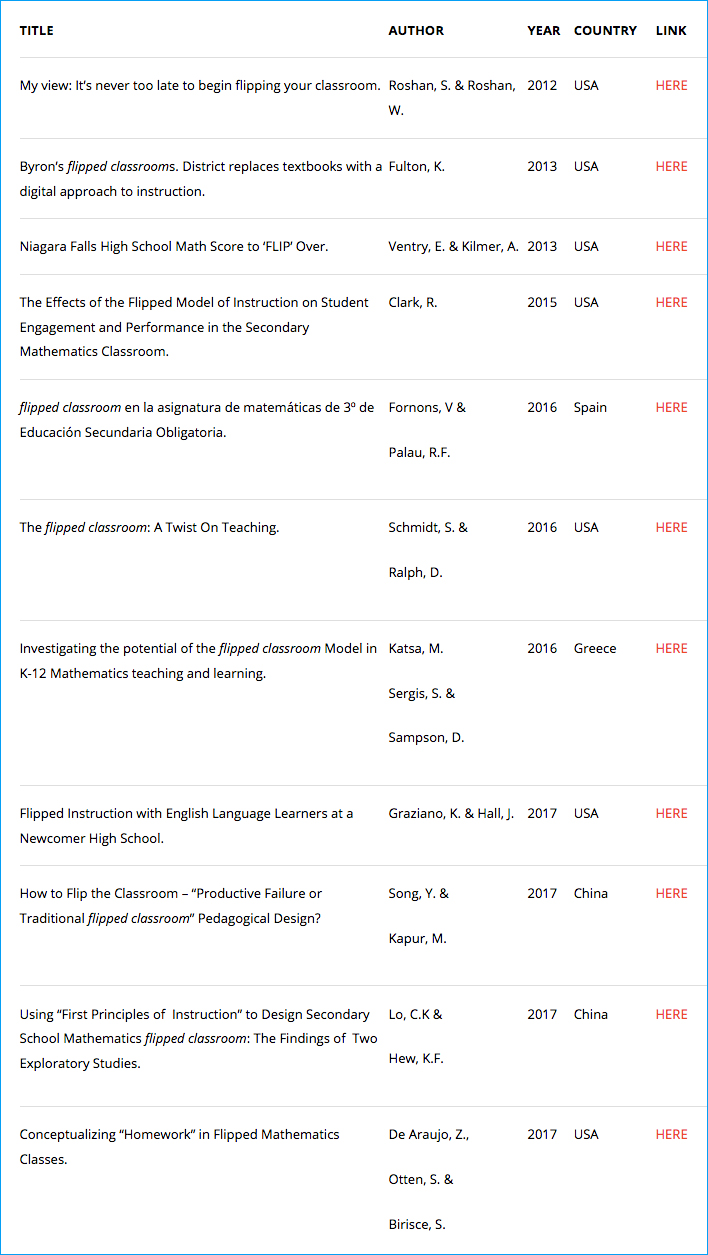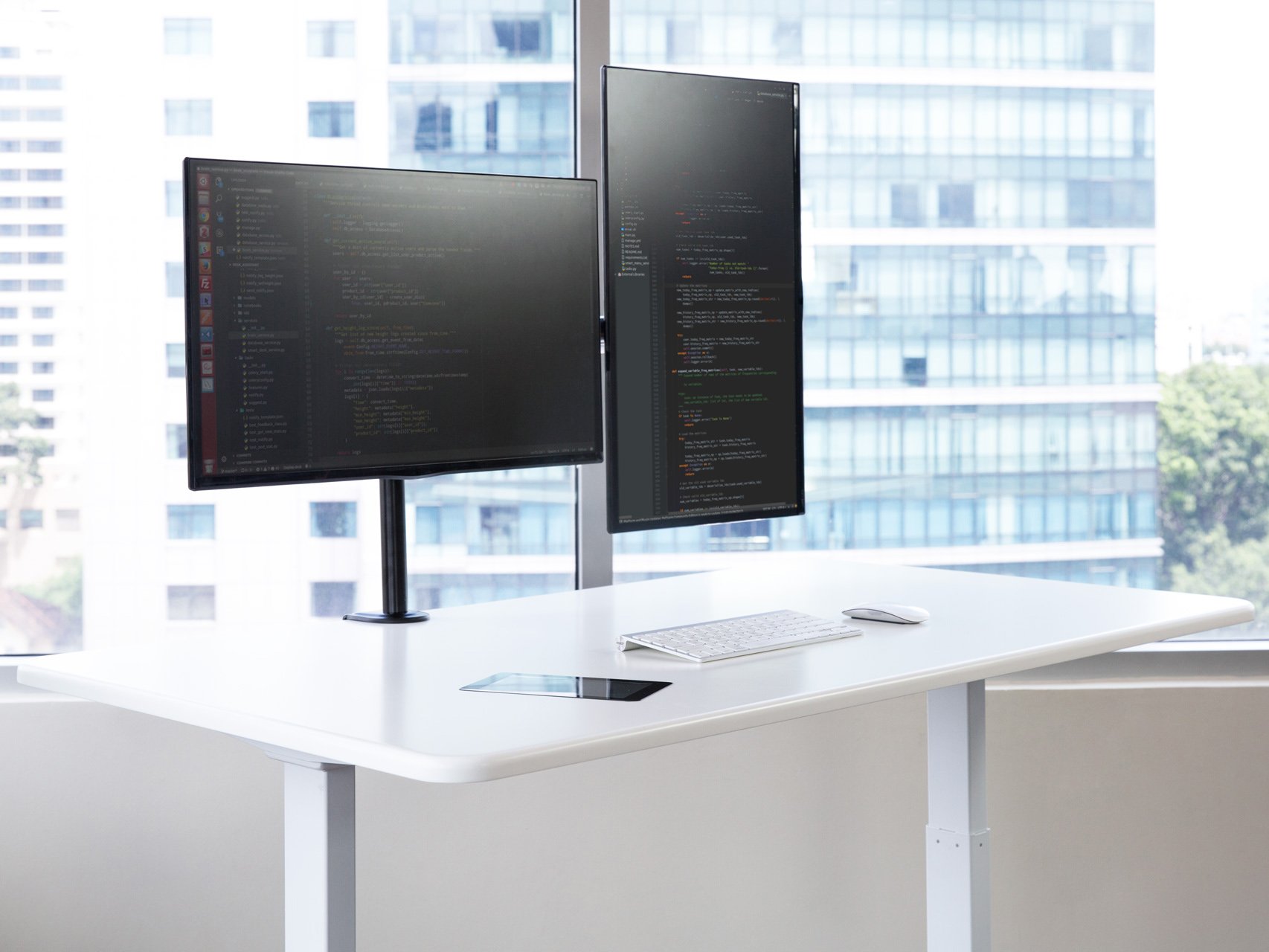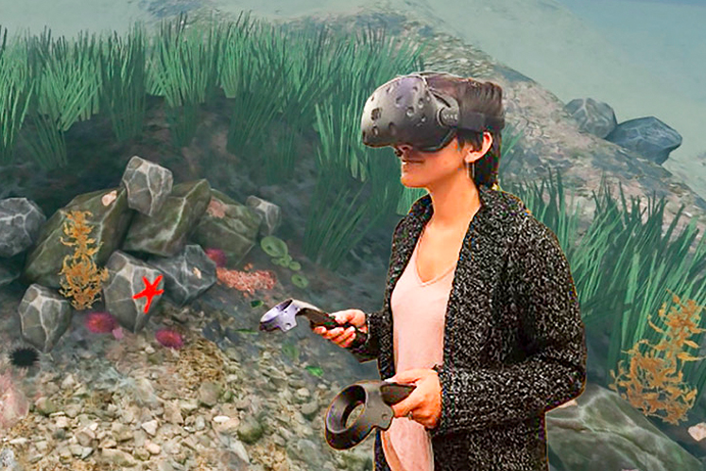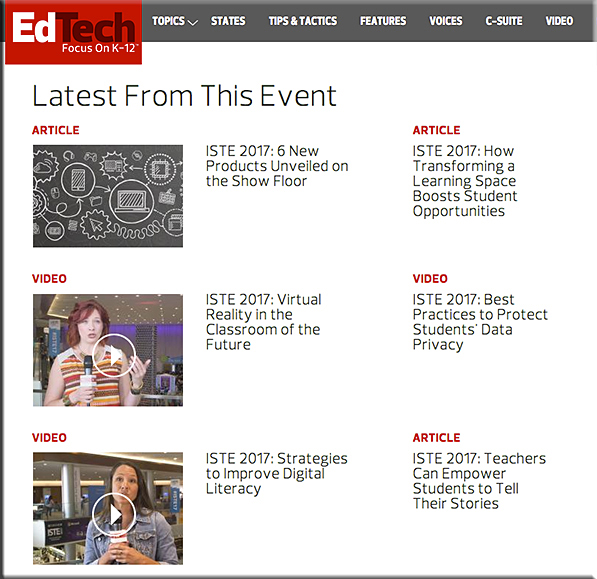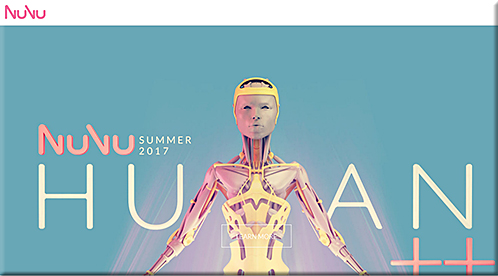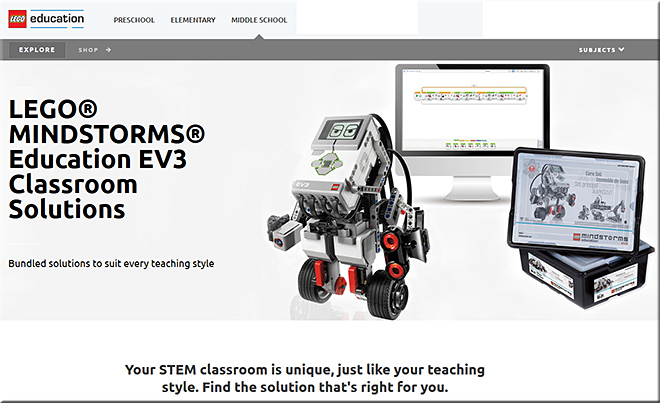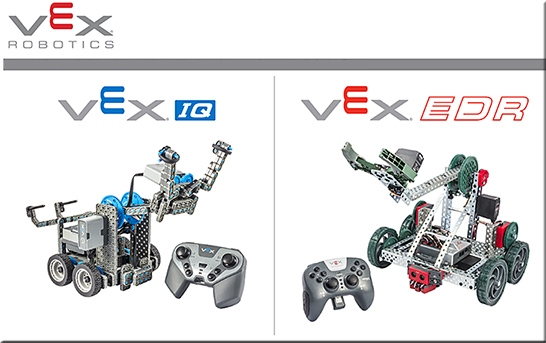Augmented Reality In Healthcare Will Be Revolutionary — from medicalfuturist.com
Excerpts:
1) Augmented reality can save lives through showing defibrillators nearby
2) Google Glass might help new mothers struggling with breastfeeding
3) Patients can describe their symptoms better through augmented reality
4) Nurses can find veins easier with augmented reality
5) Motivating runners through zombies
6) Pharma companies can provide more innovative drug information
7) Augmented reality can assist surgeons in the OR
8) Google’s digital contact lens can transform how we look at the world
How is AI used in healthcare – 5 powerful real-world examples that show the latest advances — from forbes.com by Bernard Marr
Excerpts:
1) AI-assisted robotic surgery
2) Virtual nursing assistants
3) Aid clinical judgment or diagnosis
4) Workflow and administrative tasks
5) Image analysis
Summary: A Manager’s guide to Augmented Reality. — from twnkls.com by Prof. Michael Porter
Excerpt:
The full read can be found at the bottom of this page. But we summarized for you the 4 key take-aways:
- AR enables a new information-delivery paradigm
- AR helps to visualize
- Instruct and guide
- Eight AR strategy starting questions
What’s so great about VR? Virtually everything — from virtuallyinspired.org
Excerpt:
No doubt about it. Virtual reality isn’t just for gamers and gadget geeks anymore. In fact, as the technology gets better and cheaper, VR is the wave of the future when it comes to creating a truly memorable and effective learning experience – and for good reason.
Multiple Learning Attributes. To begin with, it empowers us to create any number of safely immersive virtual learning environments that feel and respond much as they would in real life, as students engage and explore, interact with and manipulate objects within these worlds. Imagine teleporting your students to re-enact historic battles; explore outer space; or travel the inner workings of the human body. What’s more, using sophisticated controls, they can actually “practice” complex procedures like cardiac surgery, or master difficult concepts, such as the molecular properties of brain cells.
Likewise, VR gives new meaning to the term “field trip,” by enabling students to virtually experience first-hand some of the world’s great museums, natural wonders and notable landmarks. You can also embed 360-degree objects within the virtual classroom to support course content, much as Drexel University Online is doing after assembling its one-of-a-kind VRtifacts+ repository. And you can use it to live-stream events, guest lectures and campus tours, in addition to hosting virtual community spaces where learners can meet and connect in a seemingly “real” environment.
The Modern Alternative Learning Resource: Time To Drop The Ban On Phones In Schools? — from vrfocus.com by Robert Currie
Robert Currie discusses the mobile phone’s role in education, and how thanks in part to AR and VR it should now be considered a top tool.
Benefits of Virtual Reality in Education — from invisible.toys
The AVR Platform and Classroom 3.0 Showcased at EduTECH Asia 2018 — from eonreality.com
Excerpt:
At EduTECH Asia 2018 this week in Singapore, EON Reality spent two full days speaking, promoting, and demonstrating the latest updates to the AVR Platform to the thousands of education and technology professionals in attendance.
With a focus on how the AVR Platform can best be used in the education world, EON Reality’s discussion, ‘Augmented and Virtual Reality in Education: The Shift to Classroom 3.0,’ highlighted Wednesday’s offerings with a full presentation and hands-on demos of the new tools in Creator AVR. Over the course of both days, visitors filled the EON Reality booth to get their own one-on-one experience of Creator AVR, Virtual Trainer, and the ways in which AR Assist can help out in the classroom.
The AVR Platform’s three products are the fundamental tools of EON Reality’s Classroom 3.0 vision for the Immersed Flipped Classrooms of the future. With Creator AVR — a SaaS-based learning and content creation solution — leading the way, the AVR Platform empowers Classroom 3.0 by providing teachers and educators of all types with the tools needed to create Augmented and Virtual Reality learning modules.
Bringing Asian educators from all over the continent together, EON Reality’s presence at EduTECH showed just how significantly Augmented Reality and Virtual Reality can elevate the overall educational experience going forward. After two full days of demonstrations, EON Reality introduced the AVR Platform to approximately 1500 teachers, school administration officials, and other decision-makers in Asia’s education industry.
As the AVR Platform expands to educational markets around the world, EON Reality’s revolutionary spin on traditional learning branches into new cultures and nations. With local Singaporean educational institutions like Temasek Polytechnic already onboard, the EduTECH Asia 2018 conference marked the continued spread of Classroom 3.0 and the AVR Platform on both a regional and global level.










